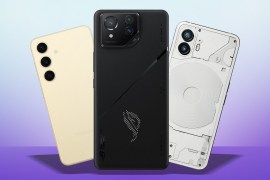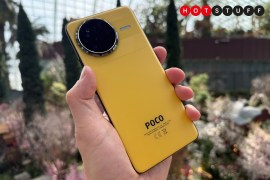Samsung Galaxy S25 Ultra vs Google Pixel 9 Pro XL: which is best?
Does Samsung take the lead this year - or has Google got the edge?
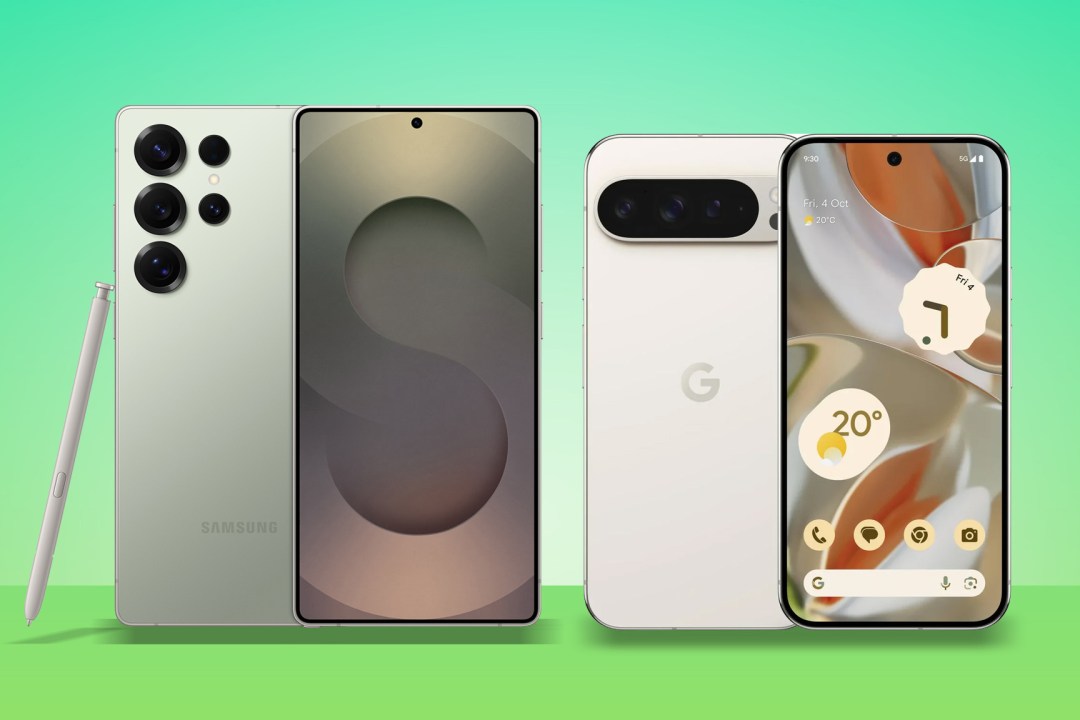
Now that the Galaxy S25 Ultra is official, it’s time to see how it stacks up against the Google Pixel 9 Pro XL. You see, in certain parts of the world, the Android phone race has just two major runners: Samsung and Google. They both stake a claim to be the best phone, and 2025 is looking to be no different.
Samsung has only just pulled back the curtain on the S25 Ultra, so until we publish a full review, we only have early hands-on impressions and spec sheets to go on. But with both firms talking a big game about AI and photographic ability, there’s plenty to discuss in the meantime.
How we test smartphones
Every phone reviewed on Stuff is used as our main device throughout the testing process. We use industry-standard benchmarks and tests, as well as our own years of experience, to judge general performance, battery life, display, sound and camera image quality. Manufacturers have no visibility on reviews before they appear online, and we never accept payment to feature products. Find out more about how we test and rate products.
Price
Samsung has opened Galaxy S25 Ultra pre-orders now, and the phone will start shipping on the 7th of February. You’ll have to part with $1300 / £1249 for the 256GB model, $1400 / £1349 for 512GB, or $1600 / £1549 for 1TB.
The Pixel 9 Pro XL has been on sale since August 2024, with prices having dipped slightly from the original RRP depending on where you shop. Those were $1099 / £1099 for 128GB, $1199 / £1199 for 256GB, $1319 / £1319 for 512GB, and $1549 / £1549 for 1TB – which all undercut the equivalent S25 Ultra.
You can find the current lowest price for the Pixel 9 Pro XL below:
Samsung Galaxy S25 Ultra vs Google Pixel 9 Pro XL Specs
Here’s how the two handsets compare on specs:
| Galaxy S25 Ultra | Google Pixel 9 Pro XL | |
| Screen | 6.9in, 3120×1440, 1-120Hz, 2600nits AMOLED | 6.8in, 2992×1344, 1-120Hz, 3000nits AMOLED |
| CPU | Snapdragon 8 Elite for Galaxy | Google tensor G4 |
| Memory | 12GB | 16GB |
| Cameras | 200MP + 10MP + 50MP + 50MP rear 12MP front | 50MP +48MP + 48MP rear 42MP front |
| Storage | 256GB/512GB/1TB | 128/256/512GB/1TB |
| Battery | 5000mAh | 5060mAh |
| Charge speed | 45W wired, 15W wireless | 37W wired, 23W wireless |
| Durability | IP68 | IP68 |
| Dimensions | 163x78x8.2mm, 218g | 163x77x8.5mm, 221g |
Design & display: flat’s where it’s at
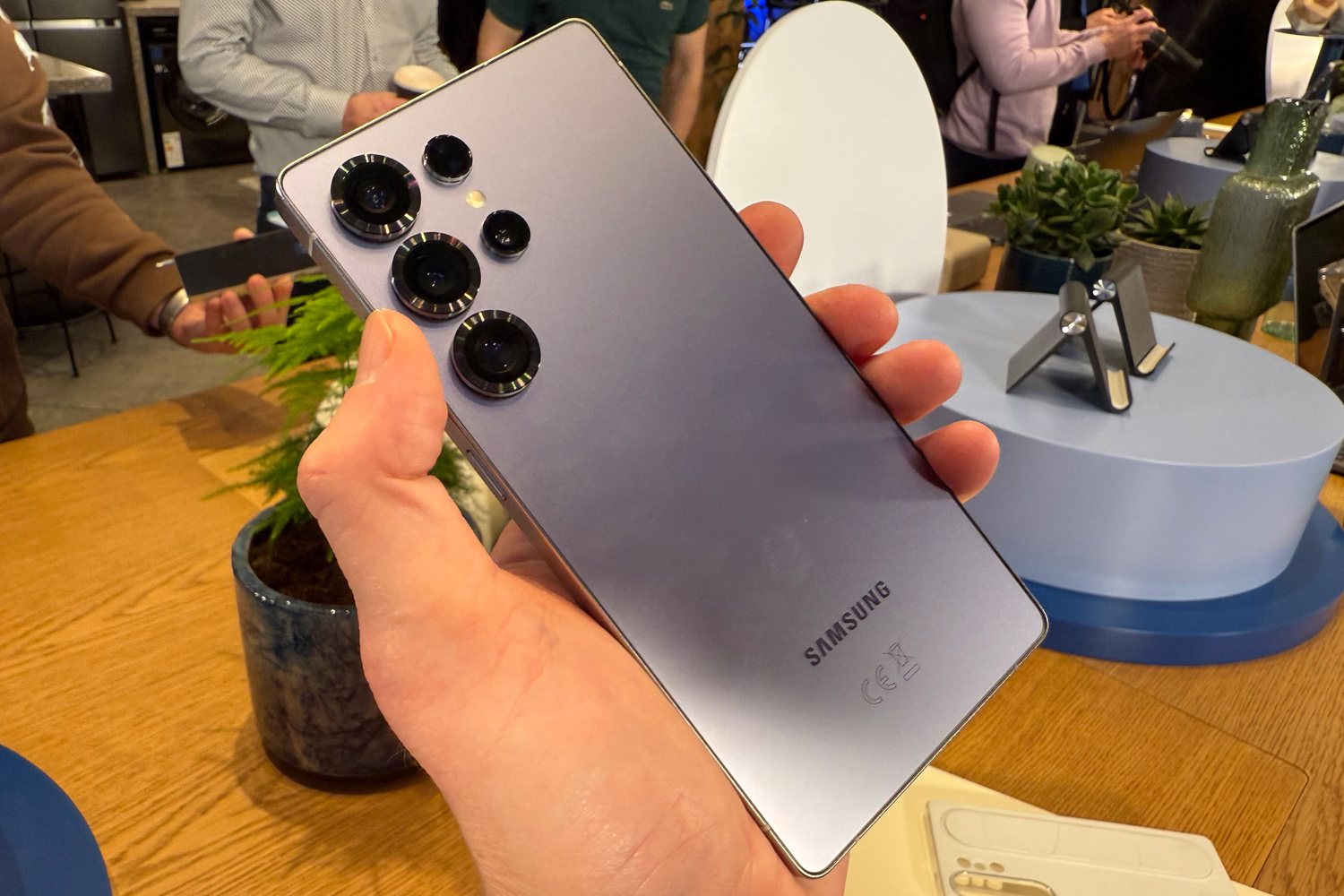

The S25 Ultra has seen the most visual changes of Samsung’s three new models this year, going with flat sides and rounded corners that bring it more in line with the regular S25 and S25 Plus. It is still more on the square side, but not nearly as much as last year’s version was. The rear camera lenses now have black trim instead of body-coloured bits, and there are a bunch of new and returning colour options: Titanium Silver, Titanium Blue, Titanium White, Titanium Silver, Titanium Gray or Titanium Black.
The dimensions have slimmed down a bit, to 8.2mm, and weight has dropped by 15g to 218g. Samsung has also slimmed down the screen bezels, making room for a 6.9in AMOLED panel. It’s got a QHD+ resolution, 1-120Hz adaptive refresh rate, peak 2600 nit brightness, and Corning Gorilla Armor 2 glass. The latter is more fracture-resistant than ever, and has an anti-reflective coating that’s still seemingly exclusive to Samsung.
Switching to the Pixel, Google gave its flagship a flat rethink to match its biggest rivals. Squared-off sides, distinctly rounded-off corners and a flat screen arguably make it look a little generic, but the pill-shaped camera island at the rear is signature Pixel. It’s available in Porcelain, Rose Quartz, Hazel and Obsidian colours. It weighs 221g and is 8.5mm thick, making it chunkier and heavier than the Samsung.
Both phones are IP68 dust and water-resistant, but the Pixel uses older Gorilla Glass Victus 2 glass so might not be quite as impact-resistant – and definitely won’t cope with light reflections as well. Its 6.8in, 2992×1344 resolution AMOLED is still very easy on the eyes, with a 1-120Hz refresh rate and very bright 3000 nit peak brightness.
Performance & battery: in a snap
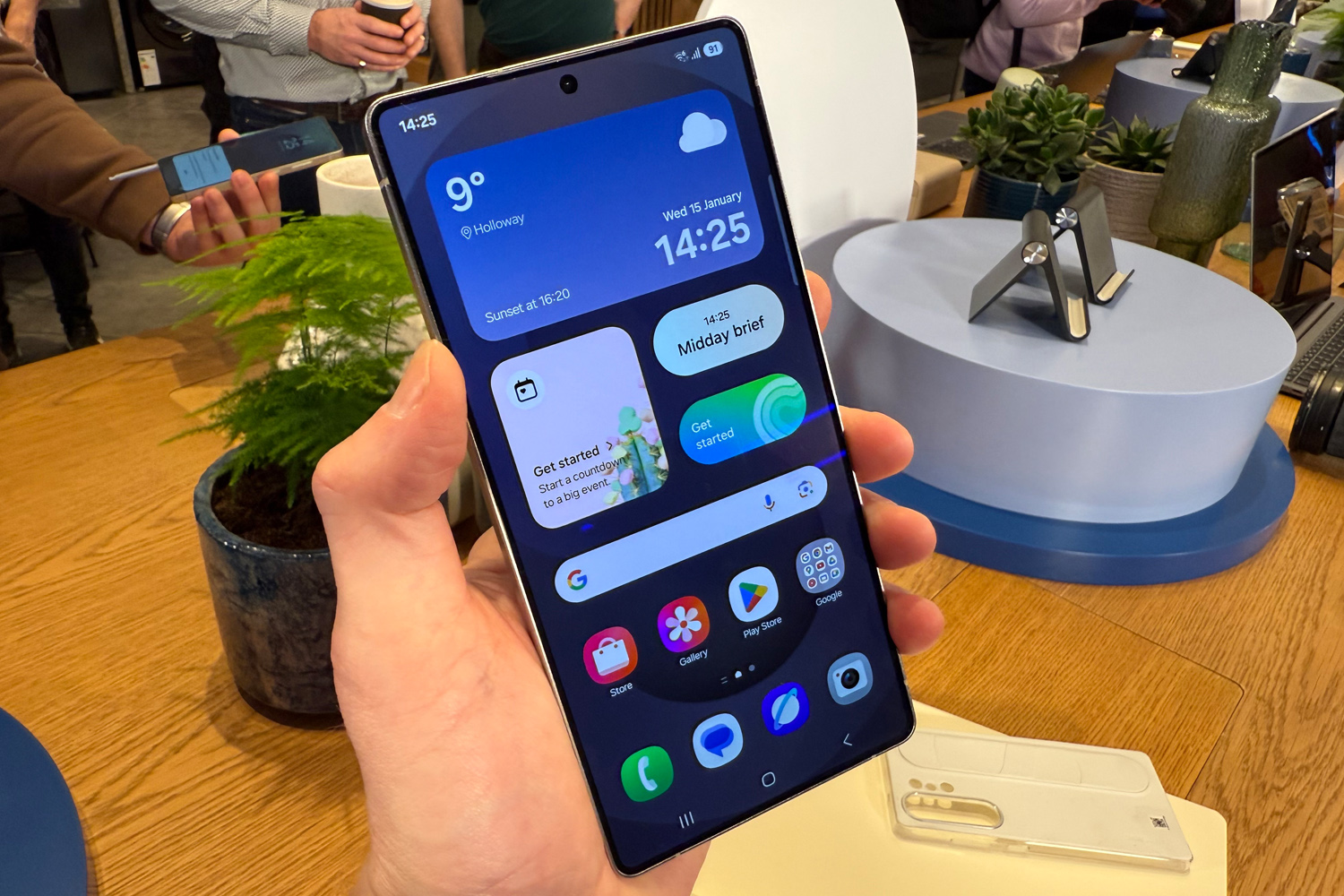
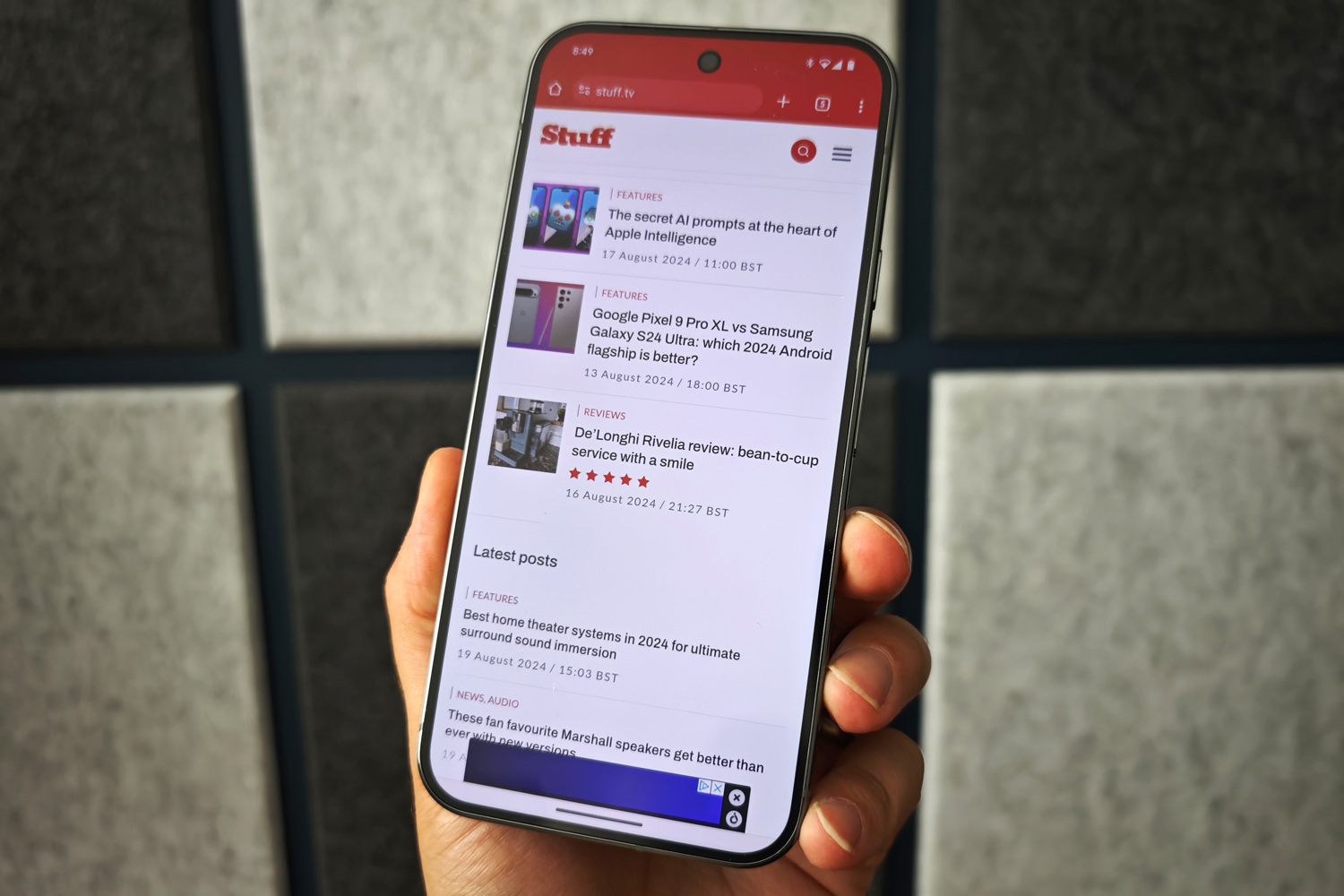
Samsung has signed up Qualcomm once again for its flagship phone, meaning every Galaxy S25 Ultra gets a Snapdragon 8 Elite chipset no matter where in the world you live. It’ll come with 12GB of RAM across the board, whether you go for the 256GB, 512GB or 1TB storage option.
The Pixel 9 Pro has more memory at 16GB, and storage capacities start at 128GB to help bring the cost of entry down a bit. However, its Google-designed Tensor G4 chipset is made on an older 4nm processor and is based on Samsung’s own Exynos chip design. That makes it less powerful and less efficient than the 3nm Snapdragon, and will almost certainly mean it loses out in performance terms.
Both phones have 5000mAh batteries (or as near to it, with Google quoting 5060mAh), and they trade blows on charging speeds. The Samsung can manage 45W wired refuelling while the Pixel tops out at 37W. For wireless charging, expect 15W from the Galaxy but 23W from Google – as long as you use the firm’s official Pixel charging stand.
Cameras: lots of lenses
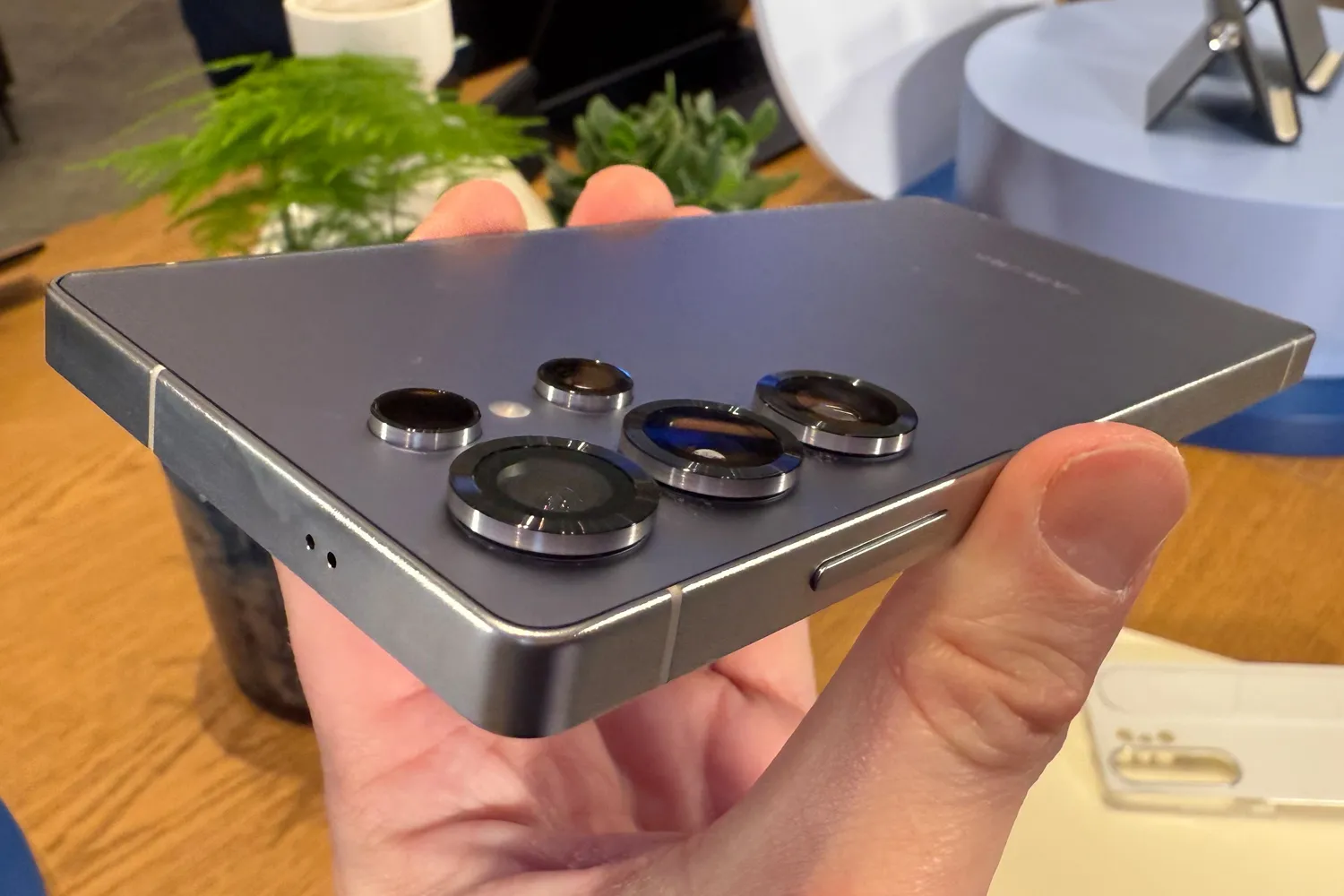
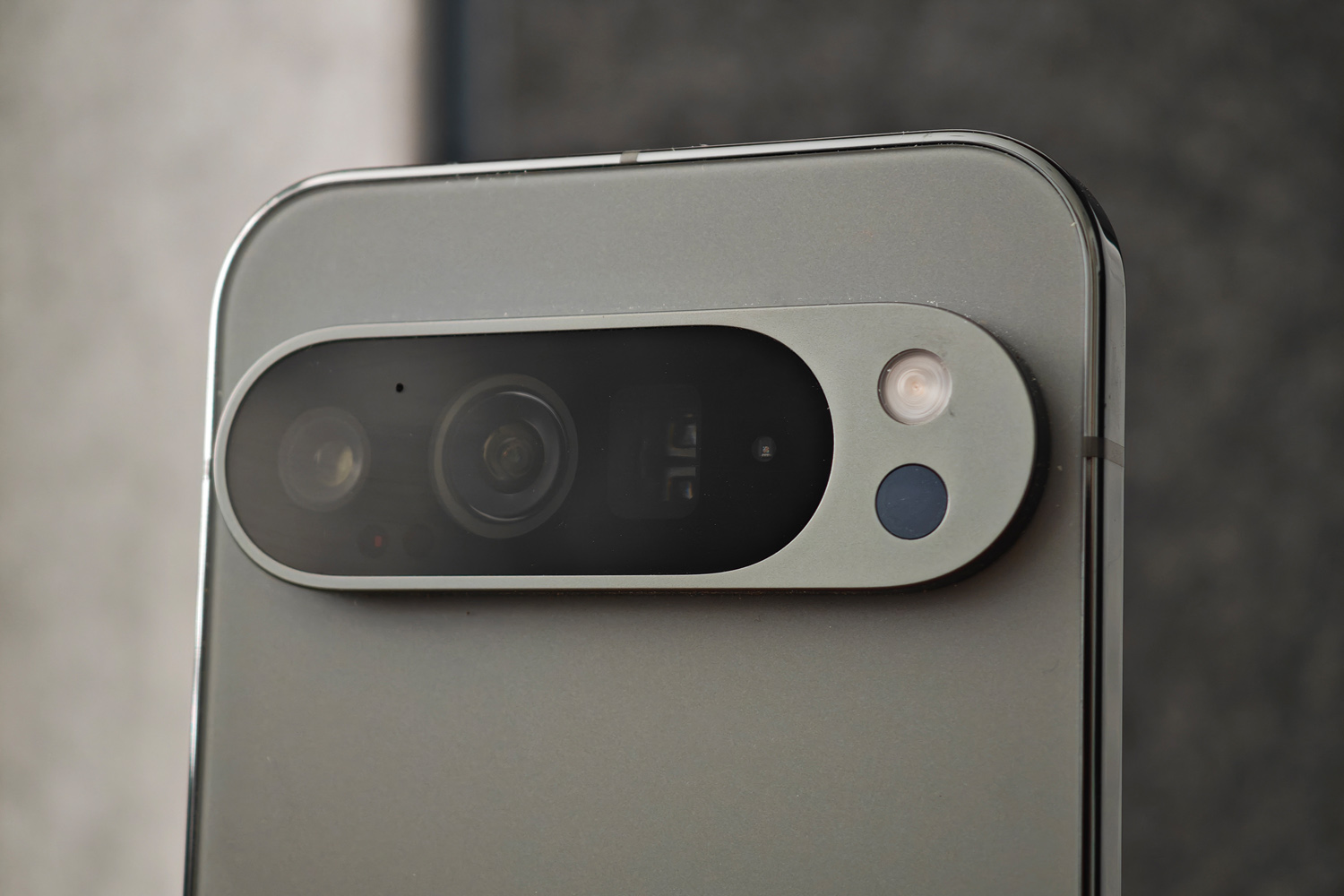
Samsung has only changed one of the S25 Ultra’s four rear sensors: the S24 Ultra’s 12MP ultrawide has been upgraded with a 50MP unit that promises far more detailed macro shots. Otherwise, it sticks with the same 200MP, f/1.7 lead snapper, with multi-directional phase detect autofocus and optical image stabilisation. The 10MP, f/2.4 and 50MP, f/3.4 telephotos are unchanged, too. The former does 3x optical zoom and the latter 5x. There’s a 12MP selfie cam up front.
There have been some under-the-skin tweaks, including a new ProVisual engine and custom Spatial Temporal Filter (STF) that’ll boost video quality. The AI photo editing tools have been boosted with larger language models, too.
The Pixel 9 Pro XL has one fewer lenses at the rear, but Google’s fantastic photo processing makes them all count. A 50MP, f/1.7 main shooter leads the way, with a 48MP f/2.8 periscope telephoto (good for 5x optical zoom) and 48MP ultrawide as backup. A 42MP selfie camera completes the line-up.
There was very little to separate the Pixel from last year’s S24 Ultra, despite the two phones taking very different approaches to exposure, saturation and contrast. It’ll be interesting to see how things have changed in twelve months since the S24 Ultra’s launch, as to whether Samsung has taken the lead despite not really stepping up on the sensor side.
Samsung Galaxy S25 Ultra vs Google Pixel 9 Pro XL verdict
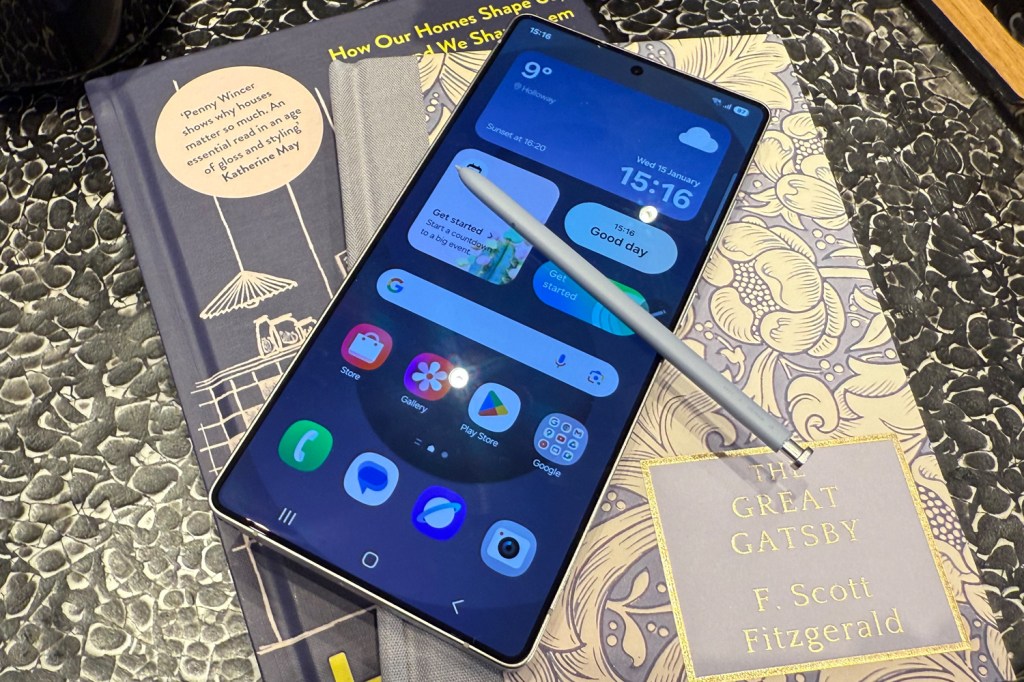
On first inspection it doesn’t seem like the Galaxy S25 Ultra has moved on much, at least in terms of hardware – but if the Pixel 9 Pro XL was its main competition, it didn’t really need to. Samsung comfortably competes on camera quality, has a faster and more efficient chipset, and is basically tied for battery capacity.
It arguably takes the lead with its S Pen productivity and Gorilla Armor display, and Samsung’s software suite is undeniably comprehensive. Some will prefer Google’s more minimal UI, and the Pixel is also cheaper – but unless a full review tells us otherwise, we have to give the overall win to the Galaxy S25 Ultra.

